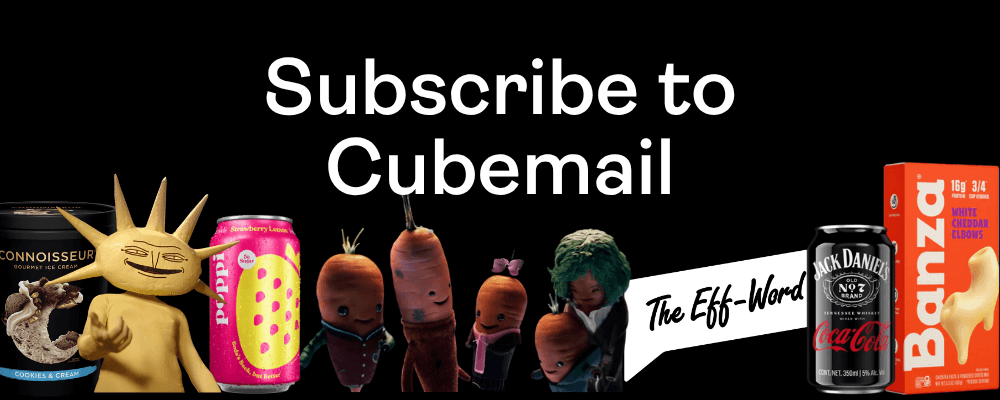
Unfortunately, Internet Explorer is an outdated browser and we do not currently support it.
To have the best browsing experience, please use Google Chrome, Firefox, Microsoft Edge or Safari.
We use cookies to improve your experience on our website. By continuing to browse this website, you agree to our use of cookies. For more information, please refer to our privacy policy.

This is a self-funded case study using our packaging testing solution. Curious about the 9 essential ingredients for creating packaging that drives shopper growth? Explore our Packaging Effectiveness Playbook.
Barilla has long been a household staple, known for its high-quality, authentic Italian pasta. But even for the most iconic of brands, change is a constant — which has seen Barilla embark on a significant packaging overhaul recently.
Aligning with the brand’s purpose of being ‘Good for You, Good for the Planet’, Barilla said “pasta la vista baby” to the box’s plastic window — which provided a glimpse into the contents inside. Its removal symbolized a move to a more environmentally conscious proposition. (The transparent sheet being responsible for 126,000kg of plastic waste each year.)
Alongside this shift came a slew of other changes, including the removal of callouts to ‘Italy’s #1 pasta brand’ (a claim facing legal scrutiny) along with ‘al dente perfection’. Also gone was imagery of saucy, steaming hot pasta, together with tweaks to the logo — departing from the iconic ‘boiled-egg’ lockup which had been in use for seven decades.
Phew, that’s a lot of change!
Marketers need to be mindful of packaging changes which interrupt the automatic way much consumer decision-making is made, with the biggest risk being that people are given a reason to instead investigate alternatives.
To understand whether the changes were cause for concern, we tested three different versions of the packaging as an experiment to analyze the impact of tweaks to individual variables:
How did they each fare? We used our 3Cs methodology to find out.

Replacing the clear window with a contrasting blue box calling out the plastic’s removal successfully caught people’s eye. However, it was the old pack that proved the most engaging overall, with the sneak peek into the pack’s contents — together with premium and heritage cues — giving people the most reason to investigate the product further. Design tweaks which deprioritized fresh ingredient and saucy pasta visuals for a more minimalistic look ultimately left little else to spark curiosity and grab people’s attention.

The bold blue color block could only be for one pasta brand, with the original version unsurprisingly looking most like what people have come to expect from Barilla. This was a function of the more familiar lockup, as well as references to the brand’s Italian heritage and visuals of the pasta. The two new iterations saw this strength of recognizability and alignment taper off slightly.

While the inside of the box may contain the same high-quality pasta, the packaging changes quite notably shifted impressions of Barilla.
The removal of references to being ‘Italy’s #1 pasta brand’ detracted from heritage perceptions. Despite the brand’s good intentions, the old pack’s plastic window — which allowed consumers to see the product and ‘verify’ the authenticity and quality of the pasta — led to stronger endorsement of the product’s taste.
The contrasting ‘No more plastic window’ message best delivered on perceptions of environmental friendliness, with the minimalistic design’s much more subtle inclusion of ‘plastic free’ messaging faring only marginally better than the original pack on sustainability credentials.

There’s no doubt that consumers increasingly expect brands to be on the right side of history when it comes to the environmental impact of packaging. However, the brand mustn’t be allowed to play second fiddle; marketers should be careful to not fall into the trap of throwing out the proverbial baby with the environmentally-friendly bath water.
But this is often beyond the point — most of the time there isn’t any need to make a trade-off. Take Bürgen bread for example, which swapped their clear plastic packaging altogether in favor of a paper alternative, or Sprite, who switched to a more easily recyclable color. Neither change detracted from the packaging’s effectiveness. Italian pasta brand, Antico Pastificio Umbro, even used a cellulose-based plastic alternative to prove it’s entirely possible to have your cake and eat it too.
The bigger challenge for Barilla is the number of changes. The new pack doesn’t make any reference to the brand’s Italian heritage, nor its al dente ‘perfection’ quality. It also doesn’t create appetite appeal through the depiction of cooked pasta and fresh ingredients. While much focus of the overhaul has been on the now windowless pack, it turns out it’s not the biggest driver of the new iteration’s diminished performance.

Want to test your own advertising, packaging, or product ideas? Cubery combines a team of creative effectiveness experts with cutting-edge technology, bridging the gap between creativity and commercial impact. Get in touch to learn how we can unlock growth for your brand.
